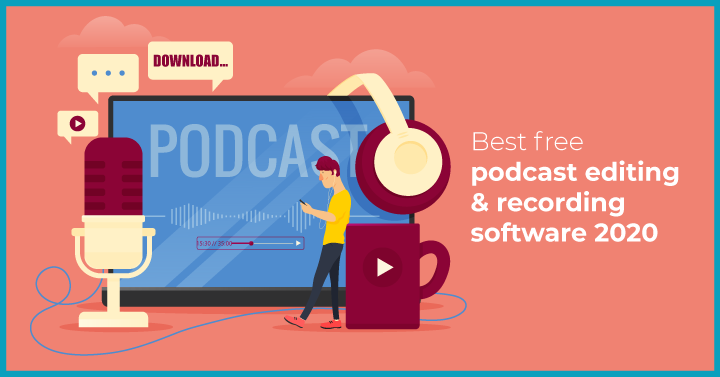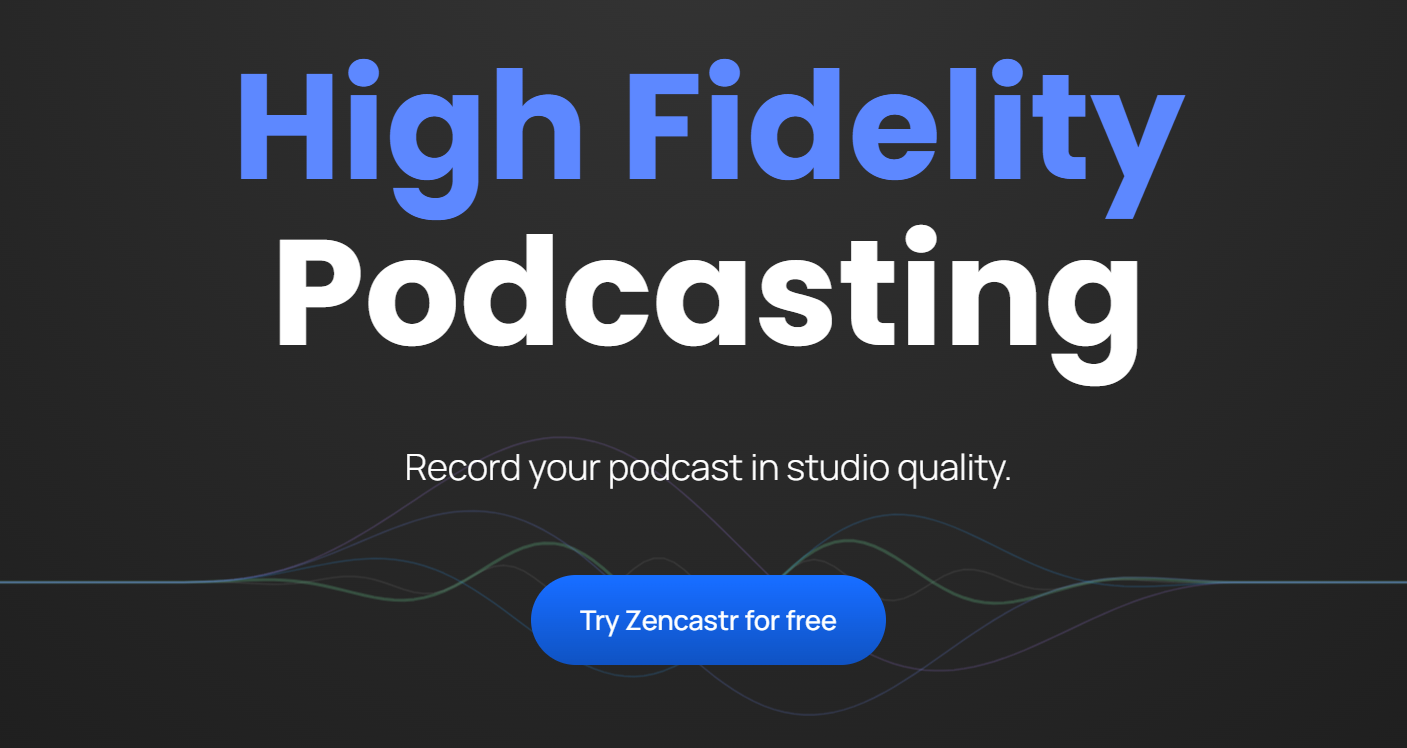

Next, double click to accept the new selection. It will be highlighted in a darker colour. To crop the audio so that only the relevant sections make the final cut, click the mouse on the lower window and drag left or right to select the portion that you want to use. GarageBand lets you do lots of things to your audio sample – for example crop, move and even apply lots of fun effects. The next step is to edit the audio – regardless of whether it was recorded in the app itself or imported from elsewhere. Note there is no import item in GarageBand’s menu – just drag and drop your audio file into GarageBand Import your QuickTime recording

It will appear in orange and is ready to edit. Locate your QuickTime Audio Recording m4a file and drag it into the main GarageBand window. Import your audio into GarageBand by creating a new Project as in the previous stepsĢ. If you recorded the podcast using QuickTime Player or another app and want to edit in GarageBand, follow the steps below first. If you’ve already recorded the podcast in GarageBand, you should now be ready to edit the voice recording. You’re now ready to edit your podcast (see the Editing section below) Editing in GarageBand Use the spacebar and recording controls (play, rewind, etc) at the bottom to play back and check your recording: Your audio recording is displayed in the main window When you’re done, hit the red button again to stop recording and you should see the waveform displayed in the main window as shown below. When you’re ready to record just press the big red record button at the bottom of the GarageBand window: Press the record button when you're ready to beginĦ. You should be able to leave the default GarageBand settings as they are.

The GarageBand window should now look something like this: Delete any unnecessary podcast audio tracksĥ. Delete any unnecessary tracks by holding down Command + Delete to remove them. If you’re just going to record a single podcast track, make sure that you’ve only got one track in the list shown on the left of GarageBand. Next, choose a name and save location for your podcast and click Create Choose your podcast's filename and locationĤ.

When prompted to create a new project choose Podcast as shown in the screenshot below Choose Podcast at the New Project windowģ. Open GarageBand from the Applications folder or from SpotlightĢ. However, GarageBand (covered in the following sections) has lots more editing options, so we’ll concentrate on that in this tutorial. Just launch the Podcast Capture application and follow the onscreen instructions to start recording.
#BEST PODCAST RECORDING APP FOR MAC MAC#
The Mac has two very useful built-in applications called Podcast Capture and Podcast Publisher which are located in the Applications -> Utilities folder. The next step is to open the file in an editor such as GarageBand Start recording in QuickTime Player Record Using Podcast Capture When you’ve finished the recording hit the Stop button to save the file – it will be saved in your Home folder under Movies, and will be called Audio Recording.m4a. The Audio Recording window opens and shows various controls. From the File menu, choose New Audio Recording (or use Ctrl + Option + Command + N): Open QuickTime Player and select New Audio Recordingģ. Open QuickTime Player from the Applications folder or from SpotlightĢ. To make your audio recording in QuickTime Player, follow these simple steps:ġ. The tools already available on the Mac are described below. There are also several third-party apps in the Mac App Store available especially for podcasts. The two most popular apps to use are Garageband and QuickTime Player. You can record a podcast on the Mac without any additional software.
#BEST PODCAST RECORDING APP FOR MAC FREE#


 0 kommentar(er)
0 kommentar(er)
